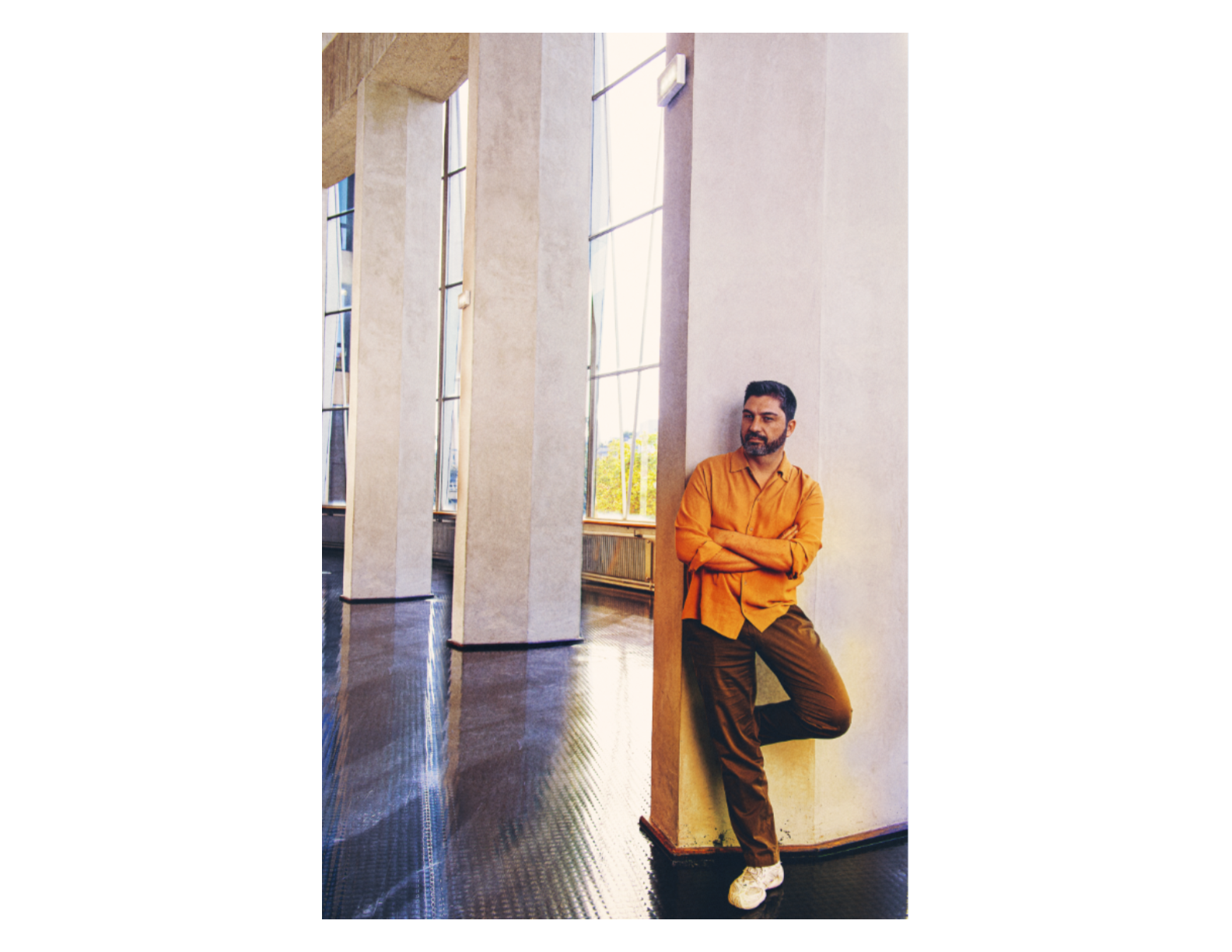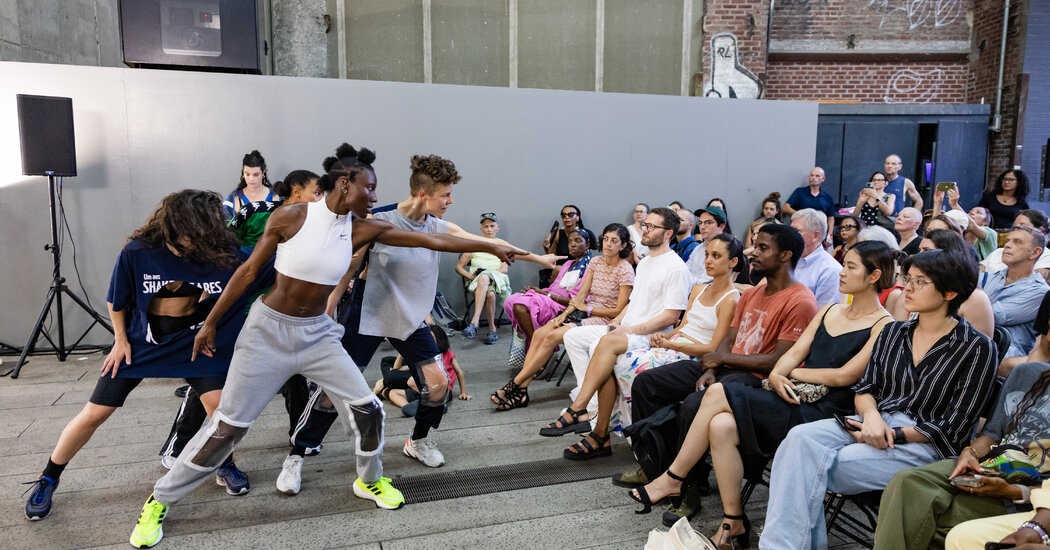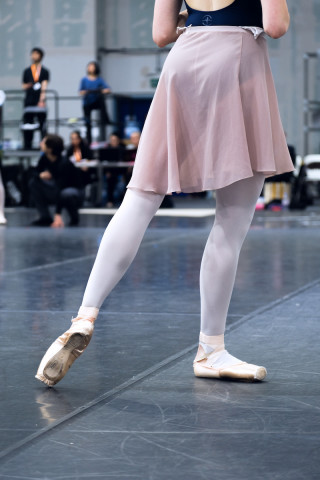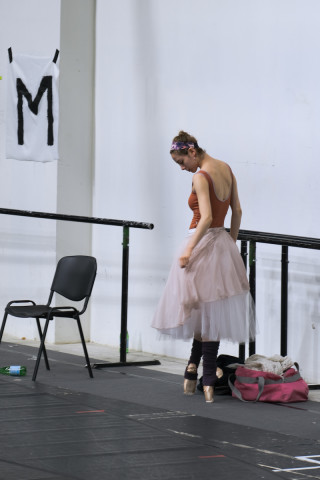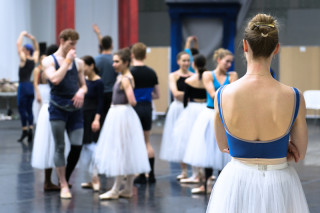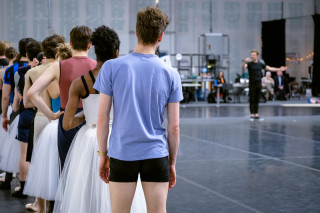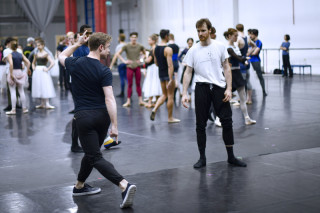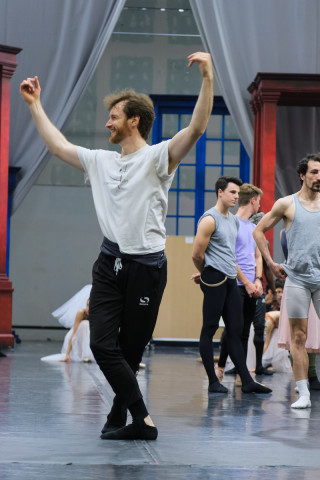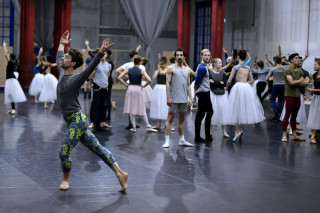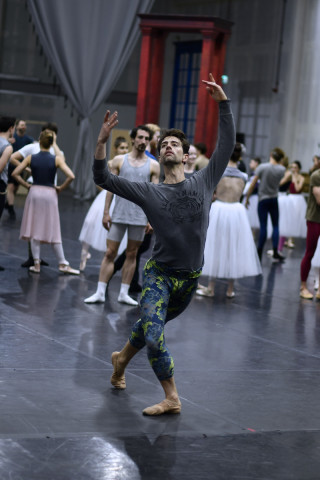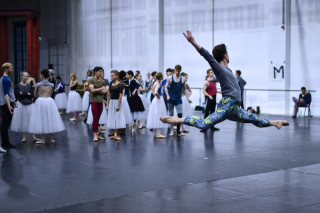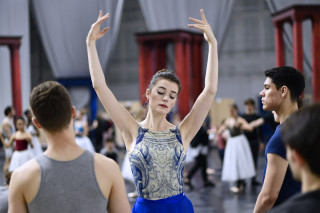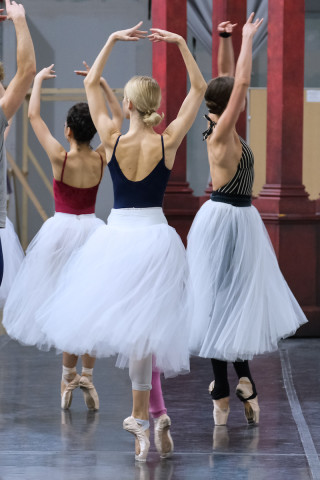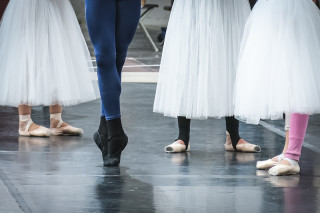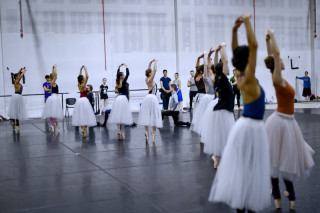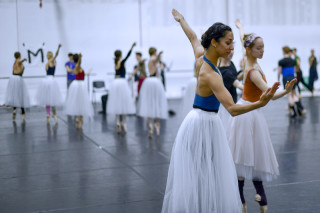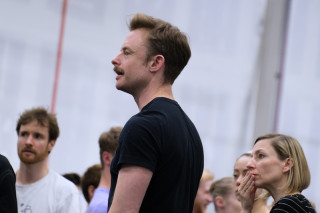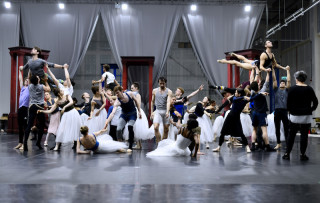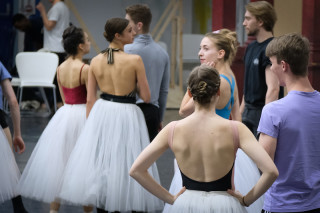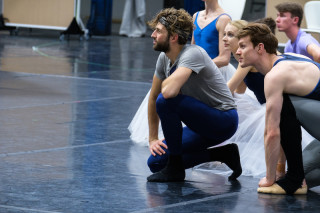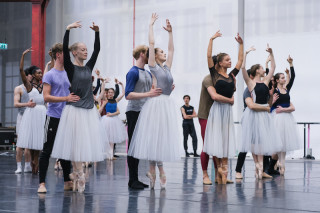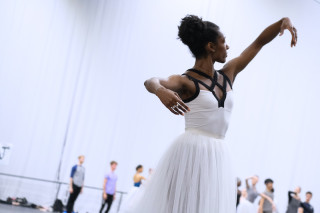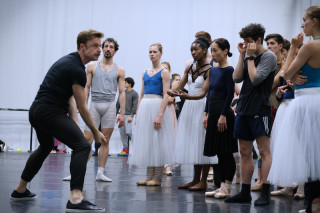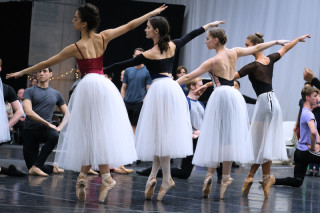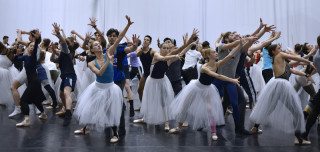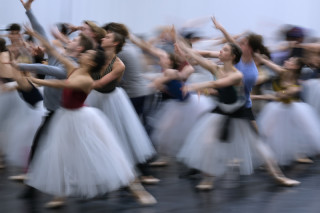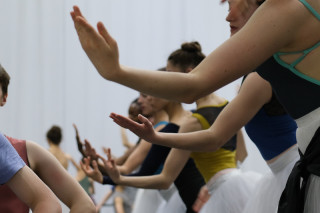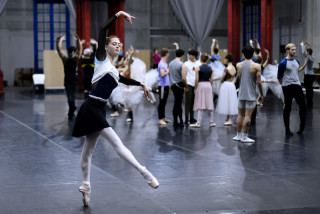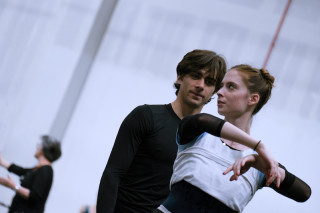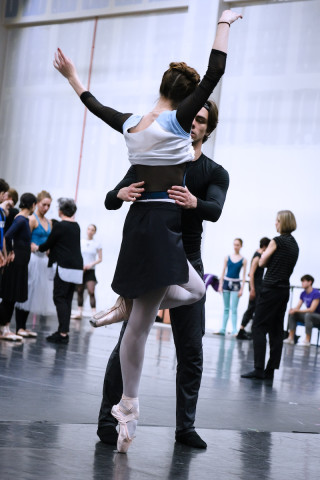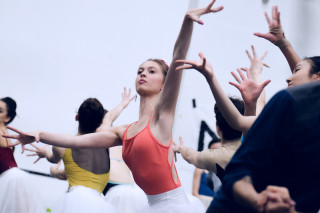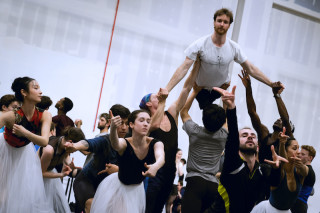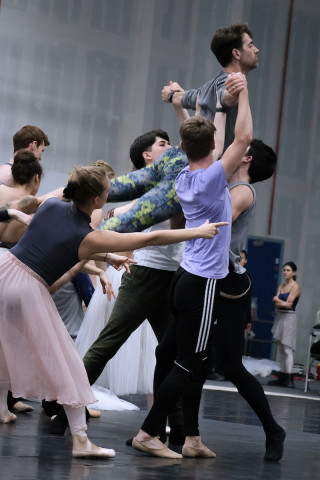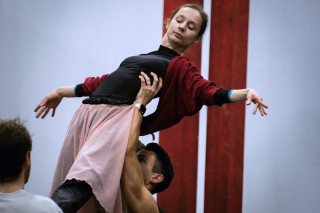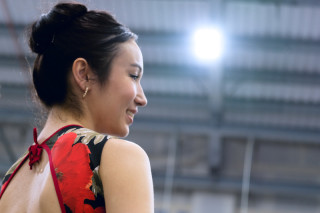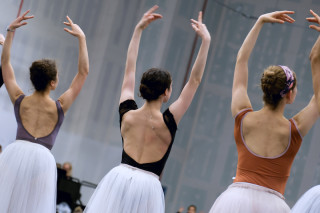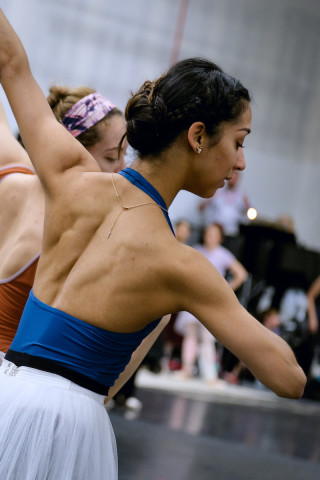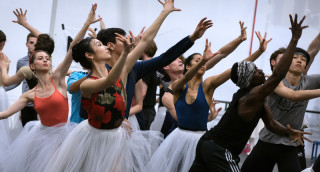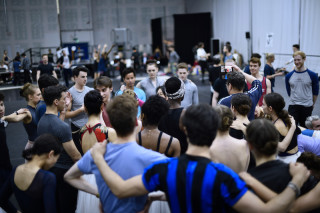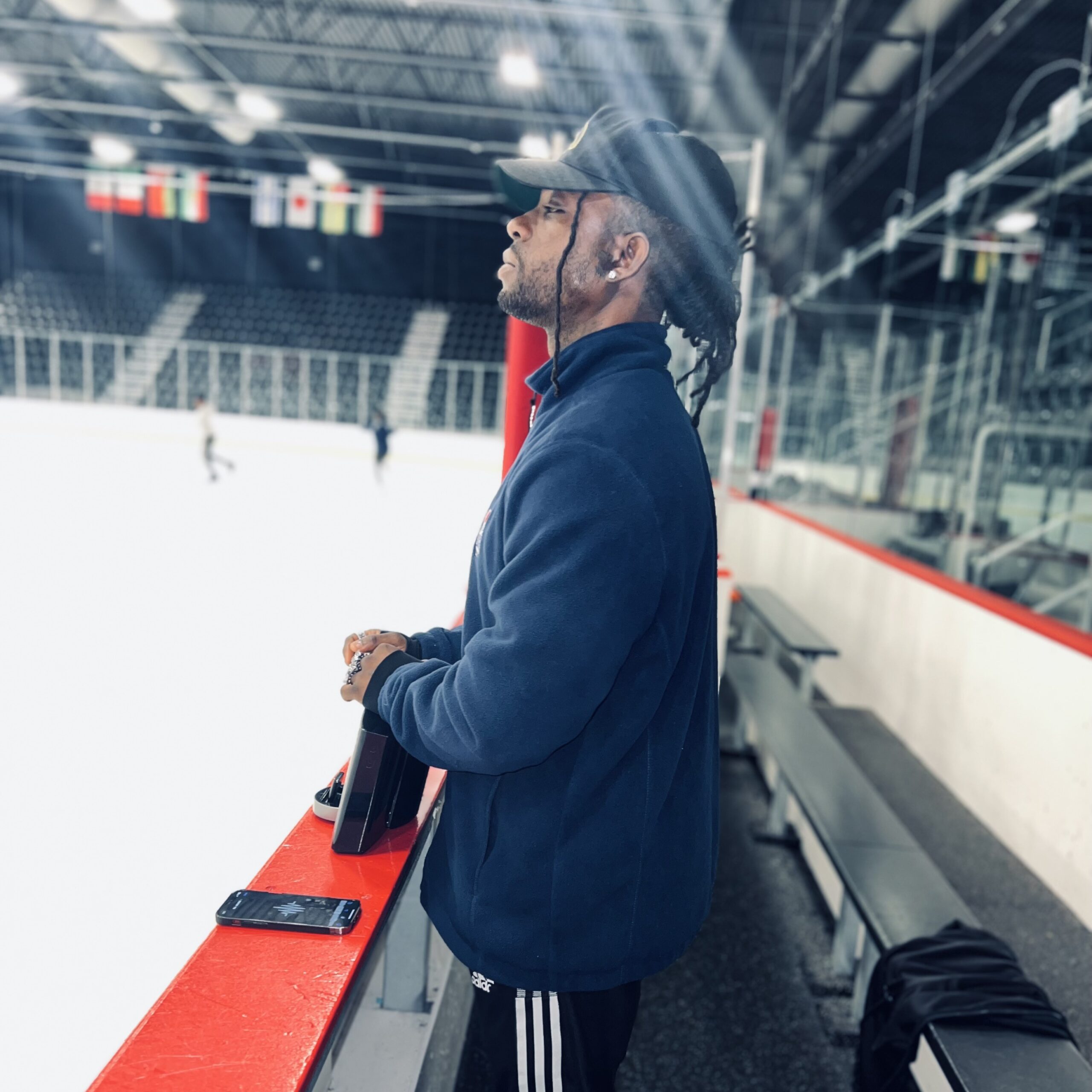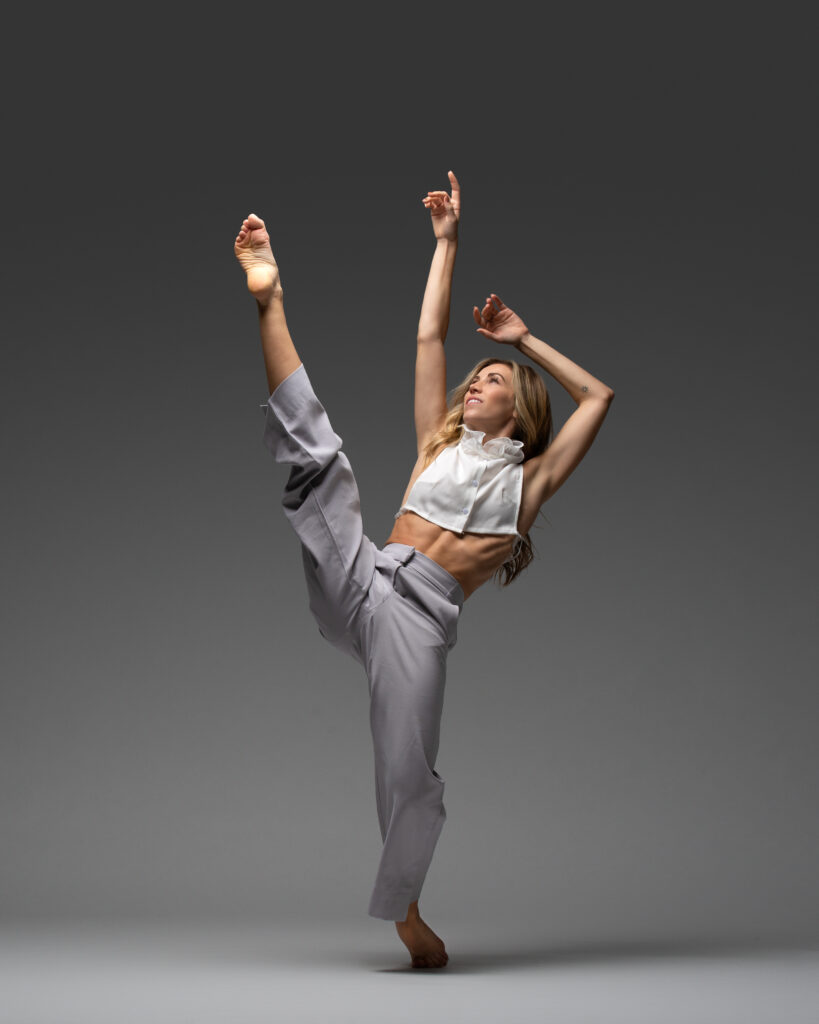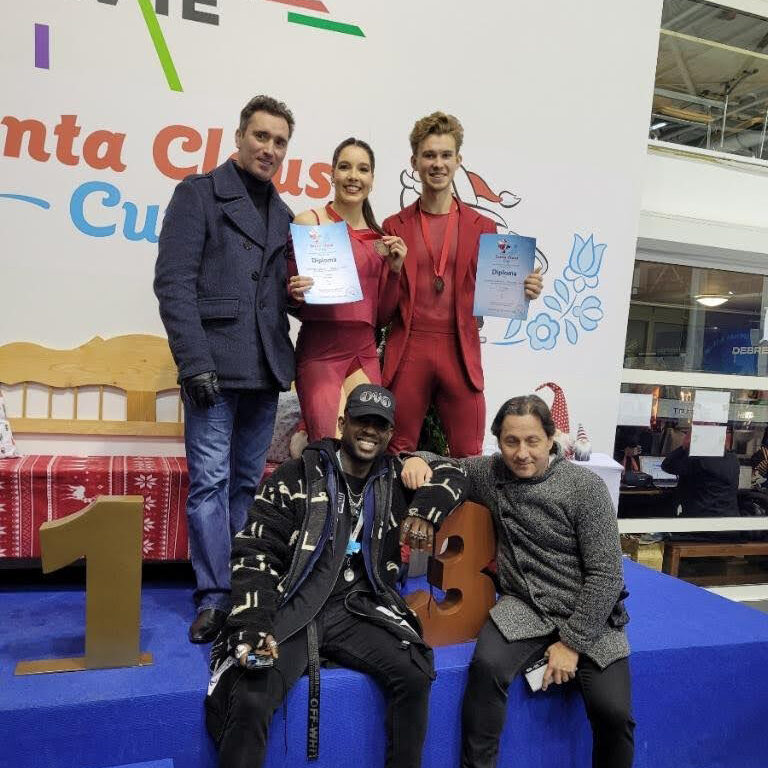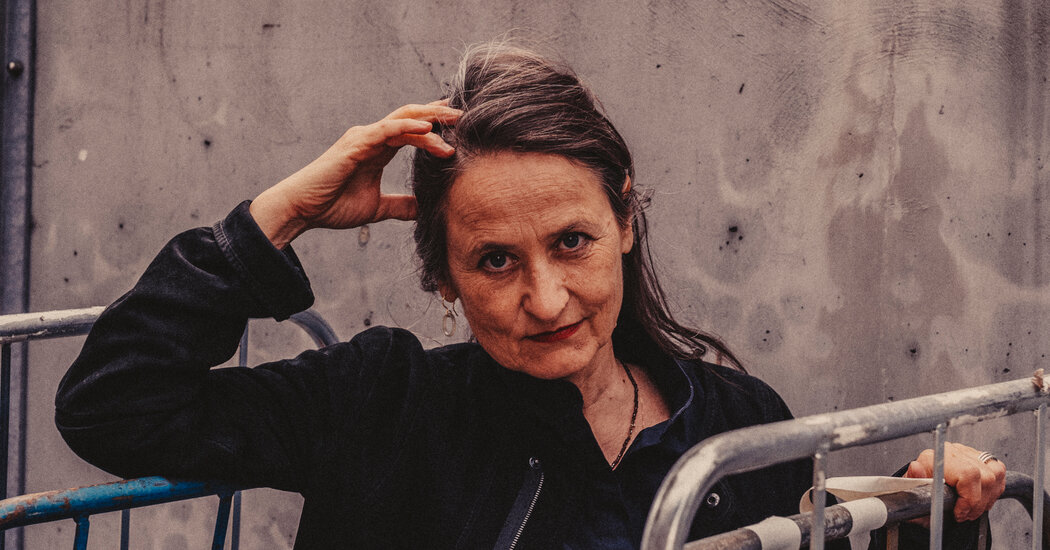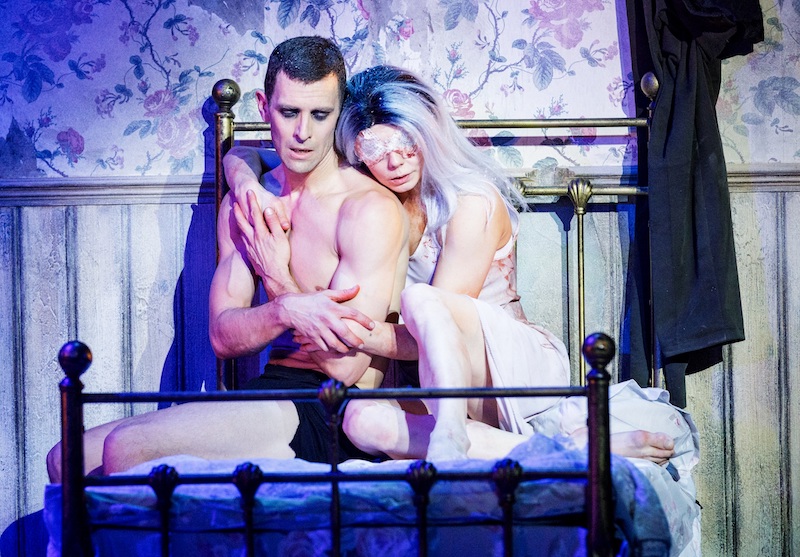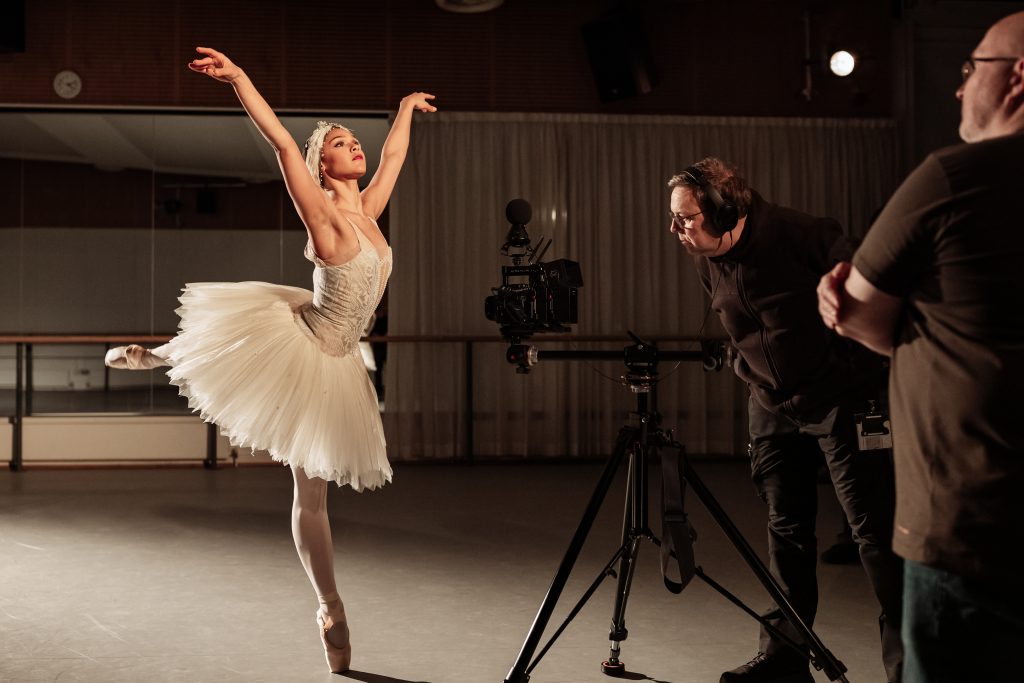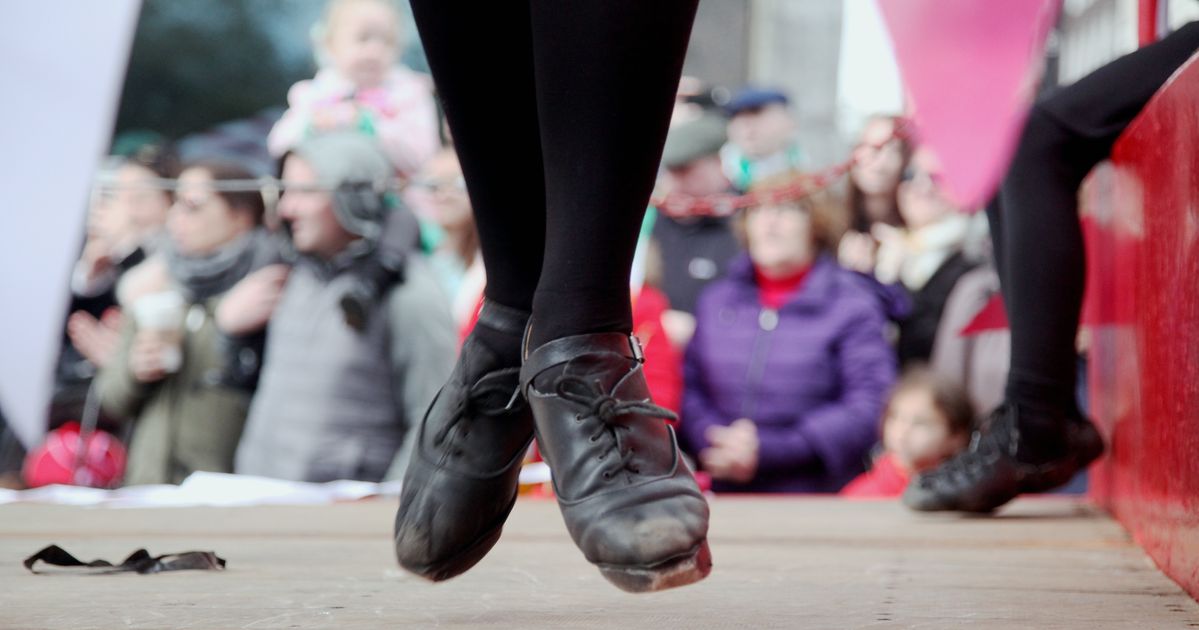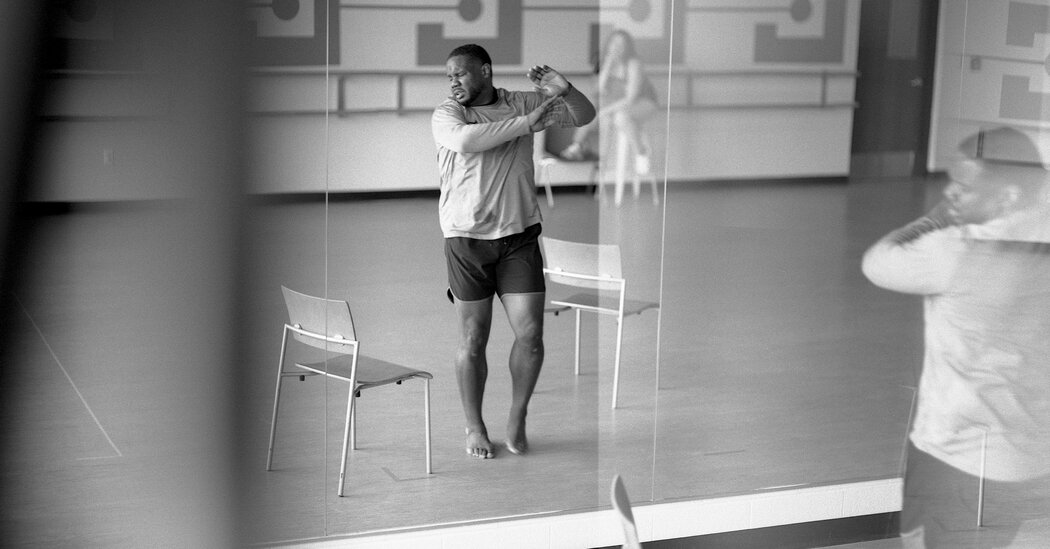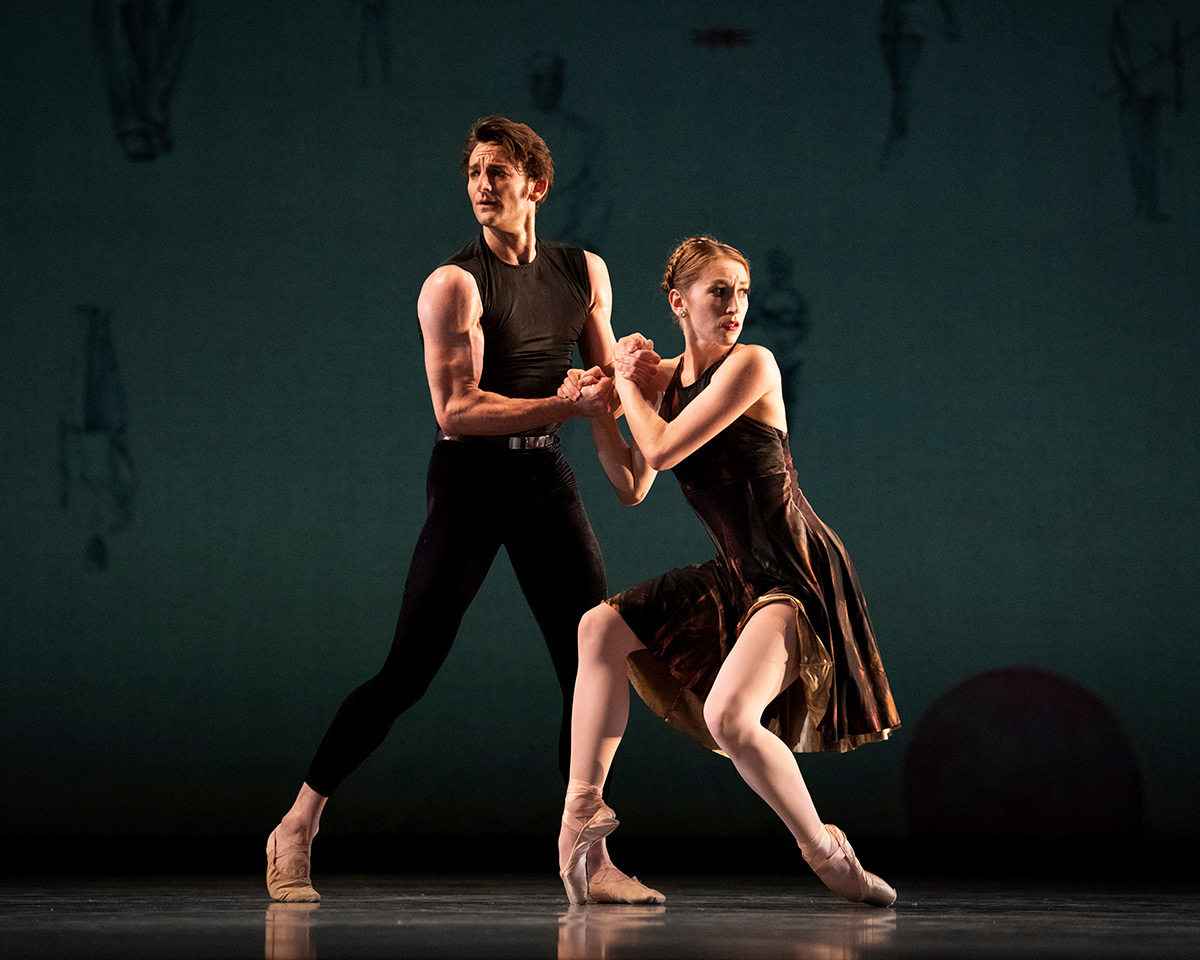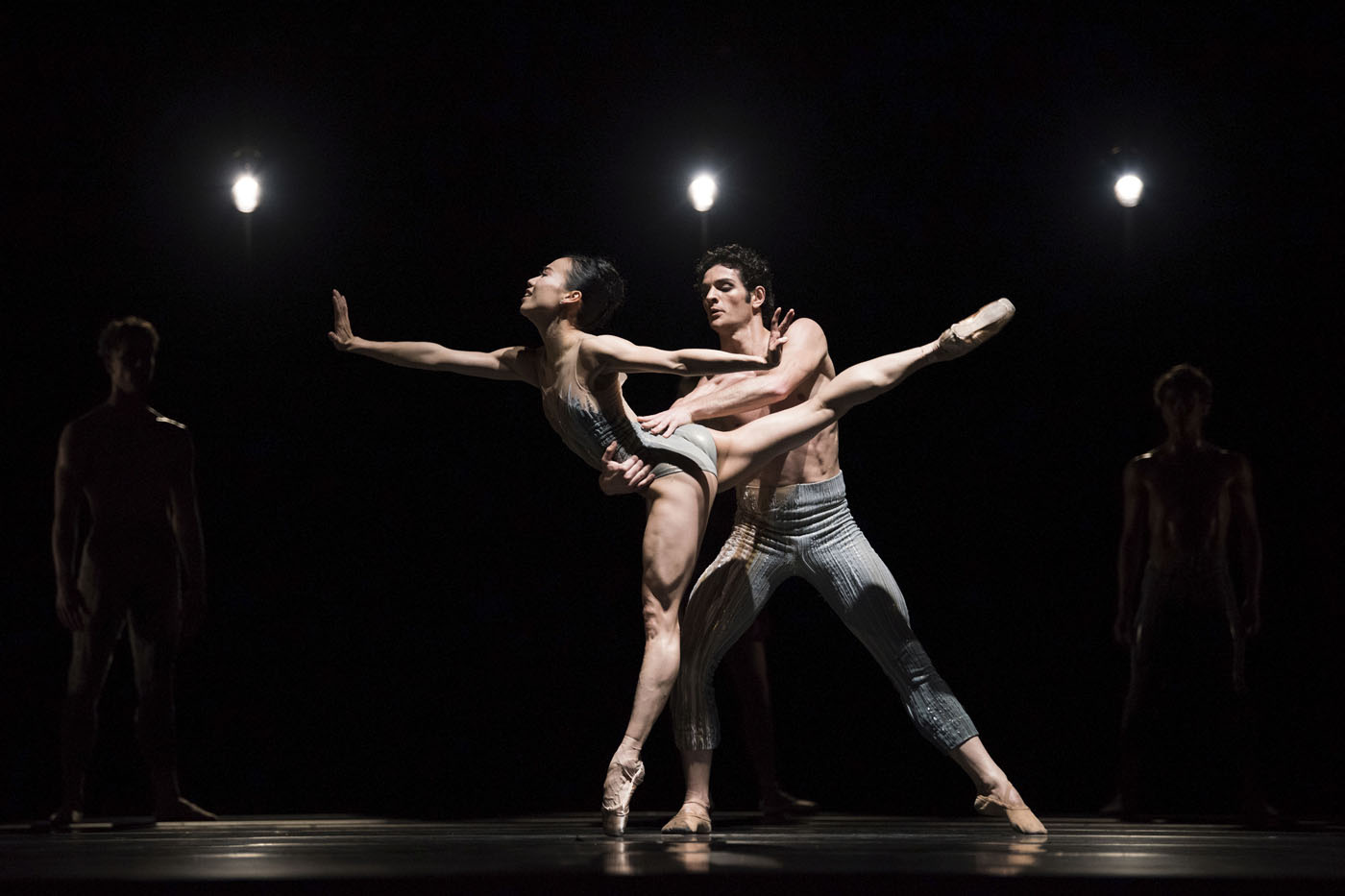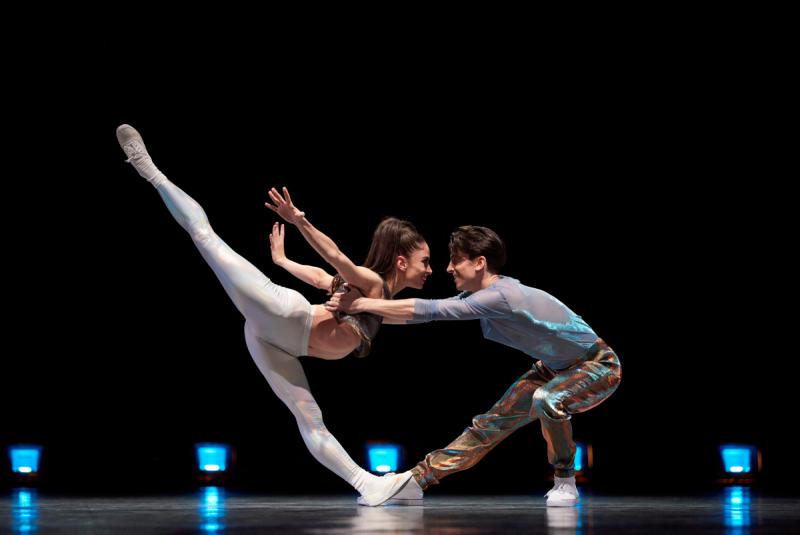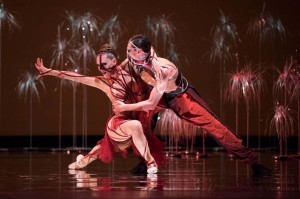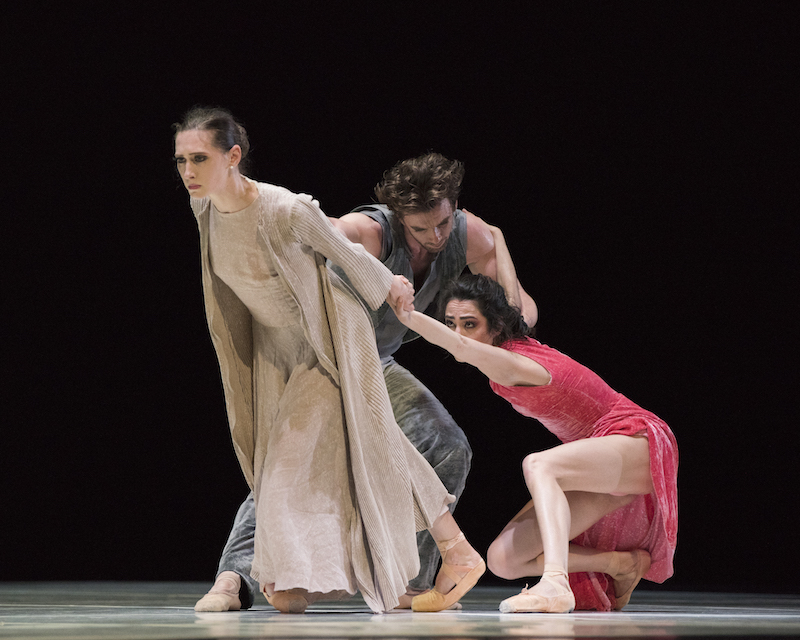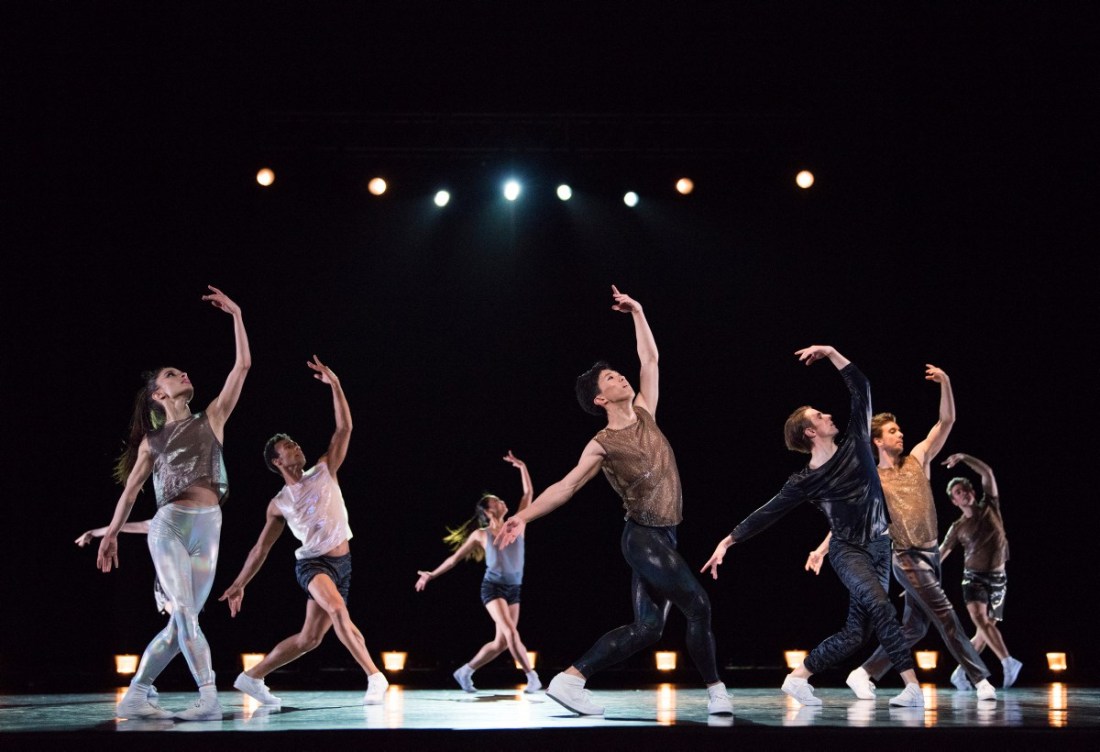[ad_1]
British dancer Jonathan Goddard is one of the most recognised contemporary performers of all time. He was the first contemporary dancer to be nominated in the dance category of the South Bank Show / Times Newspaper Breakthrough Award (2007) and went on to become the first contemporary performer to also win the Critics’ Circle National Dance Award for Best Male Dancer in 2014.Â
Jonathan is well-known for high profile collaborations, the latest being with Arthur Pita in The Mother (his second with the choreographer after Stepmother/Stepfather in 2016). Based on Hans Christian Andersen’s tale of a mother trying to rescue her child from the arms of death, the production premiered at the Edinburgh Festival last year and opens this Thursday 20 June in London, at the Southbank Centre. Performing alongside Natalia Osipova, he gets to inhabit the character of Death or, more specifically, multiple versions of Death. This follows a string of equally complex roles in productions like Dracula, The Odyssey, Macbeth, all with Mark Bruce, and MacMillan’s Sea of Troubles and Playground, with Yorke Dance Project.Â
We sat down with Jon shortly after he had returned from Russia, where The Mother was being toured, to talk about this new show, his career and what is next:
TBB: How was The Mother received last year at the Edinburgh Festival and how did it feel to do those first performances?
Jonathan Goddard: It felt good. It was a little bit crazy on first night because it is such a complicated production. It is really ambitious and it is brilliant for that, but the first time it was definitely quite crazy. It was really well received, so that felt good. We had four weeks and we had a rehearsal set, a revolving set, lots of props, lots of costumes, so I was well prepared for what I had to do, but still doing it, it was quite an experience.
TBB: Did Pita make any changes from that first version of The Mother to the one that is now being toured?
JG: Yeah, there have been some changes already. We have just performed it in Moscow, in fact we arrived back yesterday! We have reworked a few bits from the Edinburgh version, one section has changed quite a lot. There is a whole new character, which I will not spoil. I think Arthur is brilliant at looking at things and solving problems. He is great at sensing what the audience is feeling. He loves being able to watch with an audience and work out what it needs.
Jonathan Goddard and Natalia Osipova in Arthur Pita’s The Mother. Photo © Kenny Mathieson
TBB: Sounds like he’s into living pieces that are not static…
JG: … yes and Arthur thinks about it a lot. I was talking to him recently and asking if he thinks he is going to be changing anything else in the production. And he said ‘no, I think it’s good’ but I bet we’ll get to London and he will say ‘ooh, we are going to do this’. But I really trust it comes from a place of thought.
TBB: You are known for your performances in narrative works. Of course just as in ballet, contemporary dance features important narrative works. But in your case, it has really become “your thing”. How did that happen?
JG: I don’t know, because I spent most of my career doing very very abstract work. I mean, I just did the Cunningham Centennial and that was great because it felt like going back to doing that. Very pure. I wouldn’t say it is not dramatic, because it is pretty dramatic but, it is very abstract and you are just being judged on what you are doing physically. I found it a bit nerve-wracking, but when it came to the performance, I thought ‘let’s just go for it’. I am in a bright yellow unitard, let’s make it work.
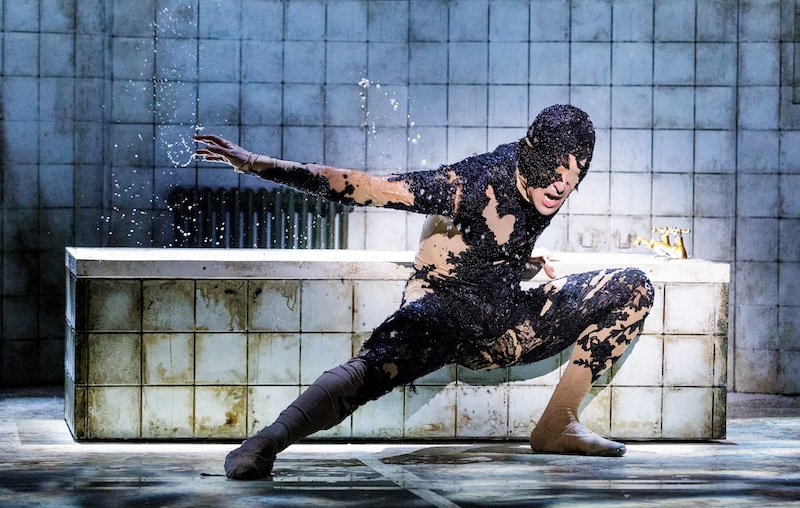
Jonathan Goddard in Arthur Pita’s The Mother. Photo © Kenny Mathieson
TBB: But you also just worked on a MacMillan piece with Yorke Dance Project, Playground. How did that come about?
JG: With Yorke Dance, the show they did before at the Royal Opera House featured MacMillan’s Sea of Troubles and that was the first one they got from Deborah [MacMillan]. It is a ballet loosely based on Hamlet, and I think it was a work that was made for Russell Maliphant and a group of Royal Ballet dancers who had started working with contemporary dance troupes. So he made it on contemporary dancers, or dancers who were transitioning into contemporary from ballet. I jumped onto that one quite late. I danced it with the company at the Clore Studio and I really enjoyed it. I think Deborah enjoyed it too, and then she offered Yolande [Yorke-Edgell], who runs Yorke Dance, this piece called Playground, which was made on The Royal Ballet in 1979. Yolande invited me and proposed I dance it with Romany [Pajdak] from the Royal Ballet, which is very nice since that is a role on pointe. So it is actually a ballet made on The Royal Ballet, but that is how I came to be cast. It is a weird piece, but it was great to do.
TBB: It is very MacMillanesque… very dark…
JG: It really is. The company also did it in Bournemouth, and I had to jump in at the last minute after the dancer doing the lead role got injured. So the first night it was: ‘let’s just get through it’. But the second night I was thinking ‘this is so strange, what I am doing is so strange!’
I was there during the reconstruction process and they were quite strict about not telling us what was going on. I asked them lots of questions about when Kenneth worked on it, but he had not told the dancers anything. He just made the piece. Obviously, he knew what he was doing, but he didn’t tell the dancers and the stagers wanted to preserve that. But it is nice to work like that, as I can develop my own interpretation.
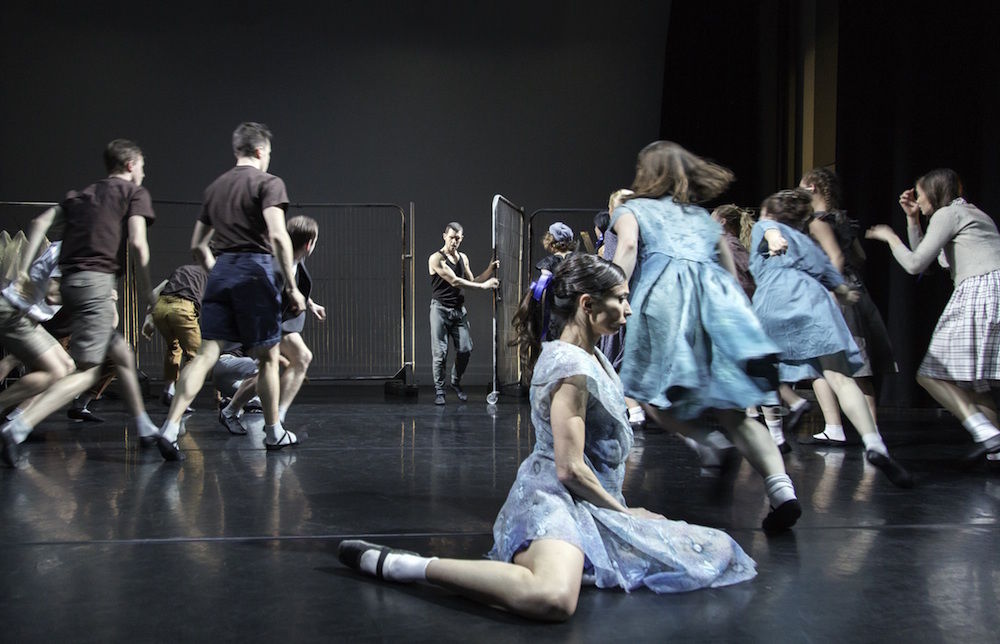
Jonathan Goddard with Yorke Dance Project in MacMillan’s Playground. Photo: © Pari Naderi
TBB: We remember we once spoke to Edward Watson about MacMillan and he mentioned that “everything was in his choreography” and that you only had to trust the steps because it was there.
JG: Yes, it is all there. You can’t lay something on top of it. These things happen and everything is constructed in a certain way. You have to be there, and be there properly in the moment. From the audience’s POV, I can say that the weirdness you are perceiving, we also see it as performers. Because you are in this bizarre world, where you know something is off, but can’t point out what it is until the twist is revealed. And it is really dark!
I think MacMillan was experimenting at that time with what could be done. I feel like there were lots of ideas that were going around in theatre around that period, at the Royal Court, trying to push that imagination, what could be shown on stage in naturalistic terms. Playground has this psychological aspect. It was the beginning of that trend.
TBB: On the topic of working with ballet dancers, what was it like to work with Natalia Osipova in Pita’s The Mother?
JG: What I find very inspiring about Natalia is that her vision of dance is not classical or contemporary – she sees it all as one thing, which it is to an extent. There are just some practical implications for which you have to invest the time like dancing on pointe… But at the end, it is all just movement. She has a really good take on it and I was quite spoiled by that.
TBB: Do you have any current projects with longtime collaborators like Mark Bruce, or the New Movement Collective?
JG: Mark is making a new piece. I am not on it, but that was a mutual choice. I have done three with him, a trilogy, and I feel very happy. I love working with Mark and I’d love to continue working with him. Given that he also works with film, it would be fun to do something on film together.
As for New Movement, we have been working for two years now with robotics. So we have developed a robotic exoskeleton and we will be working at Sadler’s Wells next year, in an unusual space within Sadler’s. The idea is to make a piece where we put the audience inside the robot. So it is going to be a small piece, maybe one or two audience members, there might be more people watching, but we choreograph the audience. That is the idea.
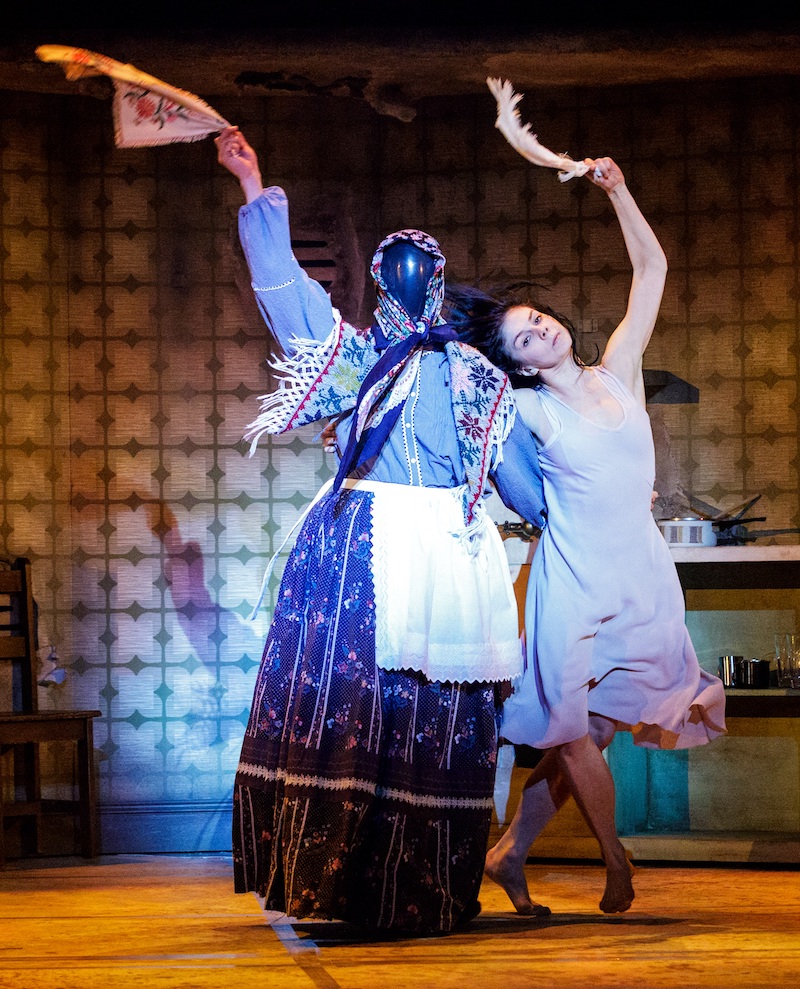
Jonathan Goddard and Natalia Osipova in Arthur Pita’s The Mother. Photo © Kenny Mathieson
TBB: Who are you working with for the robotics?
JG: We have been working with lots of different universities on this, but Fenyce Workspace are the lead digital artists doing it. It is really difficult, but amazing. It is really cutting-edge stuff. It has taken a while because this technology is so young. They use it in the army and it is used in car factories when they are lifting massive objects. And also for medical reasons, but it had not been used for artistic purposes, so that is what is exciting to us.
I am also doing my own work in the summer. I’ve been working with a playwright who is doing a dance play, Eve Leigh, and with a theatre director, Lily McLeish. And that’ll be presented at The Place in October and Dance East. I have four brilliant performers, who can do both dancing and text, all very exciting.
TBB: How do you see the process of funding for your new piece, and for future projects?
JG: Funding in dance is very challenging, I am not going to lie, there is no money. All the money is, rightly or wrongly, in the bigger institutions so I think that is why you see contemporary choreographers moving to make work for ballet companies, because they can finance their work. As a result, small to mid-scale touring has almost disappeared. It is a bit sad, but fine. You just have to be more innovative about how you find the money, or who you get to support you. Making my own thing made me acutely aware of trying to find the right amount of money, and I concluded that one does not need a huge amount of money to create something. You just need very good ideas. The less money you have, the better your ideas have to be.
Arthur Pita’s The Mother, starring Jonathan Goddard and Natalia Osipova, is at the Southbank Centre (Queen Elizabeth Hall) from 20 to 22 June 2019.
[ad_2]
Source link
Read More
